The Pagani Huayra R Evo Is A Roofless Ode To Internal Combustion
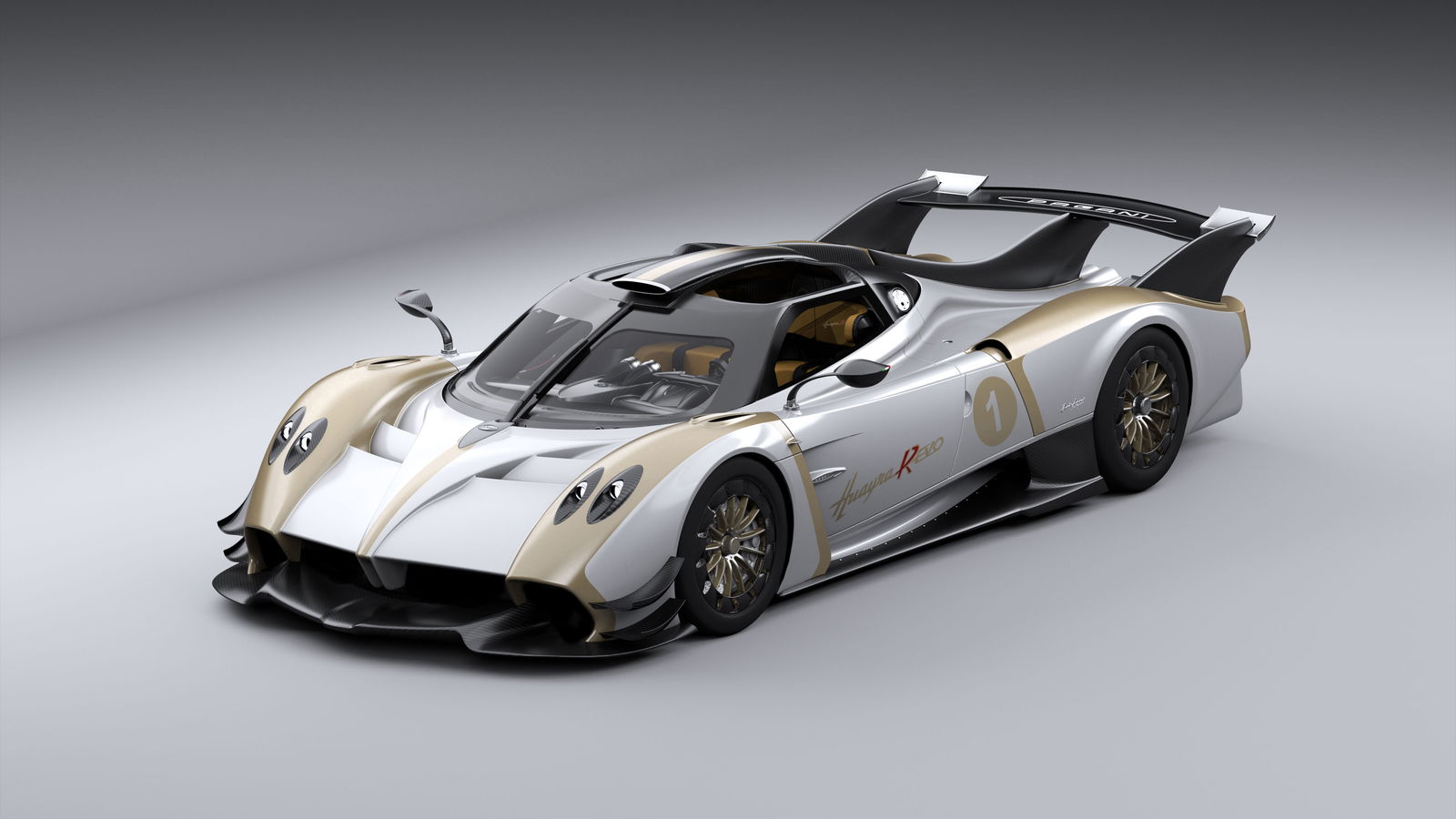
A couple of days ago, Pagani released a teaser showing a mysterious, track-only hypercar beneath a cover, accompanied by a video with a shrieking V12 soundtrack. We didn’t have to wait to find out what it was. This is the Huayra R Evo - the most powerful car Pagani has ever made.
What you’ll immediately notice about it is the roof - or lack thereof. That’s right, the Huayra R has gone open-top. Company founder Horacio Pagani says the look is inspired by the Aeroscreen design featured on modern IndyCar racers, allowing the driver “to be fully immersed in the allure of the air and the captivating sound of the engine.”
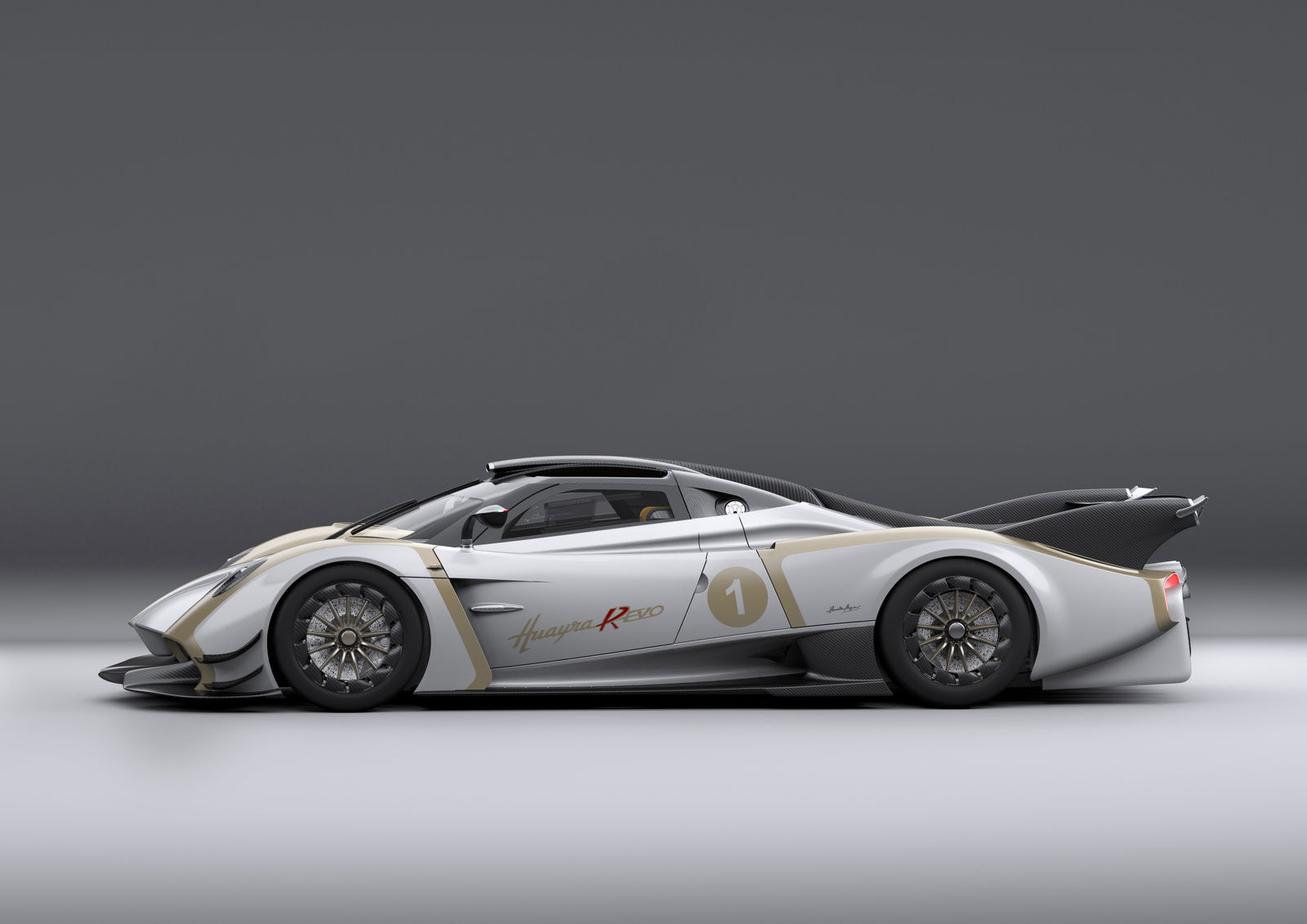
Captivating is probably underselling it. We know the noise of the original Huayra R’s 6.0-litre HWA-built AMG V12 to be one of the all-time great automotive sounds, bridging the gap between 1990s Formula 1 cars and some of the most alluring road car engines ever. With no roof, and that massive airbox gulping up air above the occupants’ heads, it should be quite the experience for both those in the car and those watching from the sidelines.
Don’t think they’ve just left the engine alone, either. For the upgrade to Evo spec, it’s been tweaked to deliver 888bhp - a 50bhp increase on the ‘standard’ R - which it produces at 8750rpm before banging into the redline at 9200rpm. Torque, meanwhile, is now up to 568lb ft, a figure it’s making all the way from 5800 to 8200rpm.
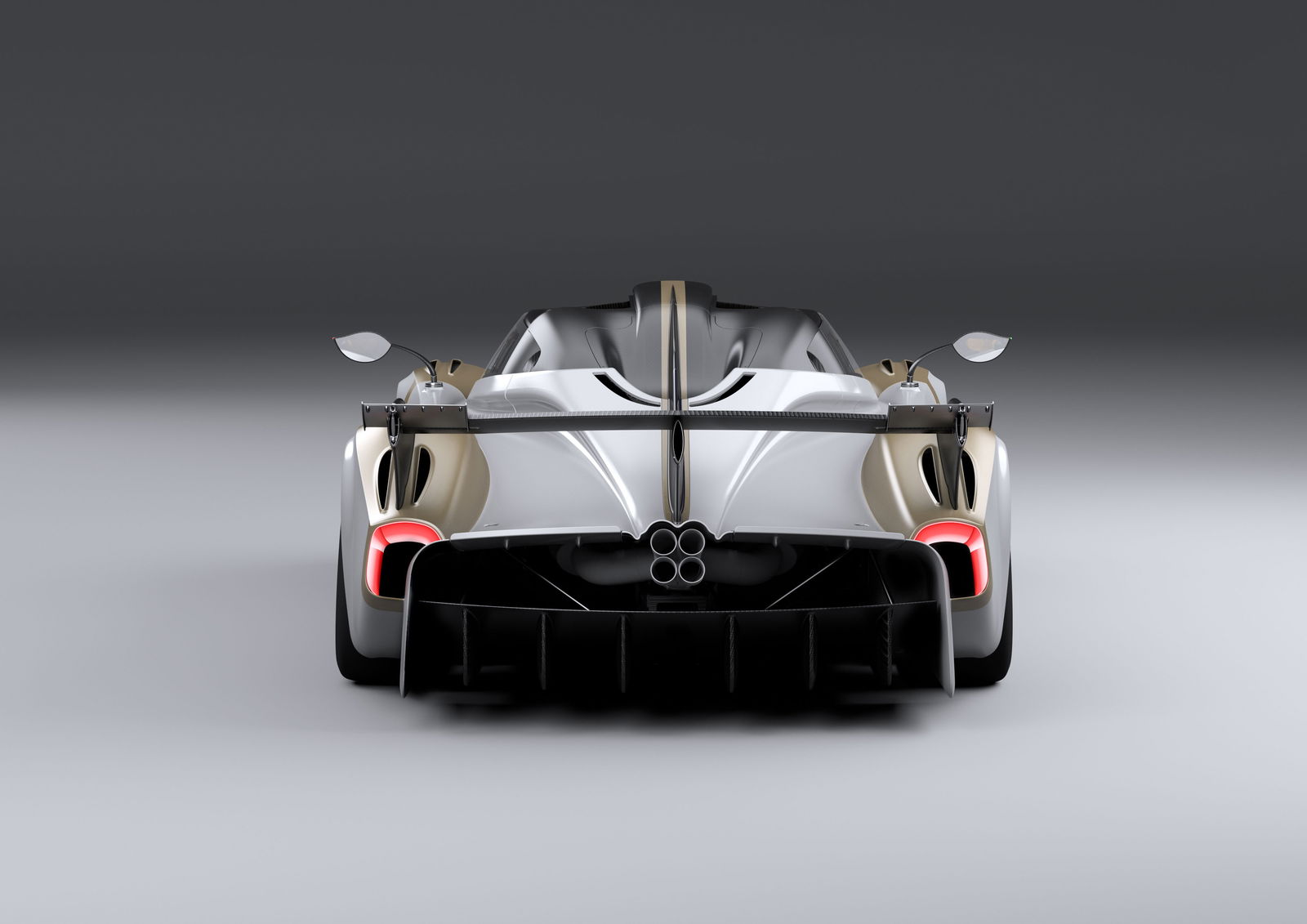
Pagani says it hasn’t just focused on increasing power, but also giving the engine more emotional depth: a new intake manifold, redesigned exhaust system and reprogrammed ECU are all said to “enhance performance and deliver a distinctive sound.” Again, distinctive is probably the way to describe it in polite company. The Huayra R Evo puts its power down through a six-speed sequential gearbox.
To help make that extra power usable, Pagani has gone berserk with the aerodynamics. The most notable new feature is the codalunga (long tail) setup, which adds an extra 190mm to the length of the old car. That new back end is home to a central tailfin that flows gracefully into that wild rear wing, as well as a simply enormous diffuser.
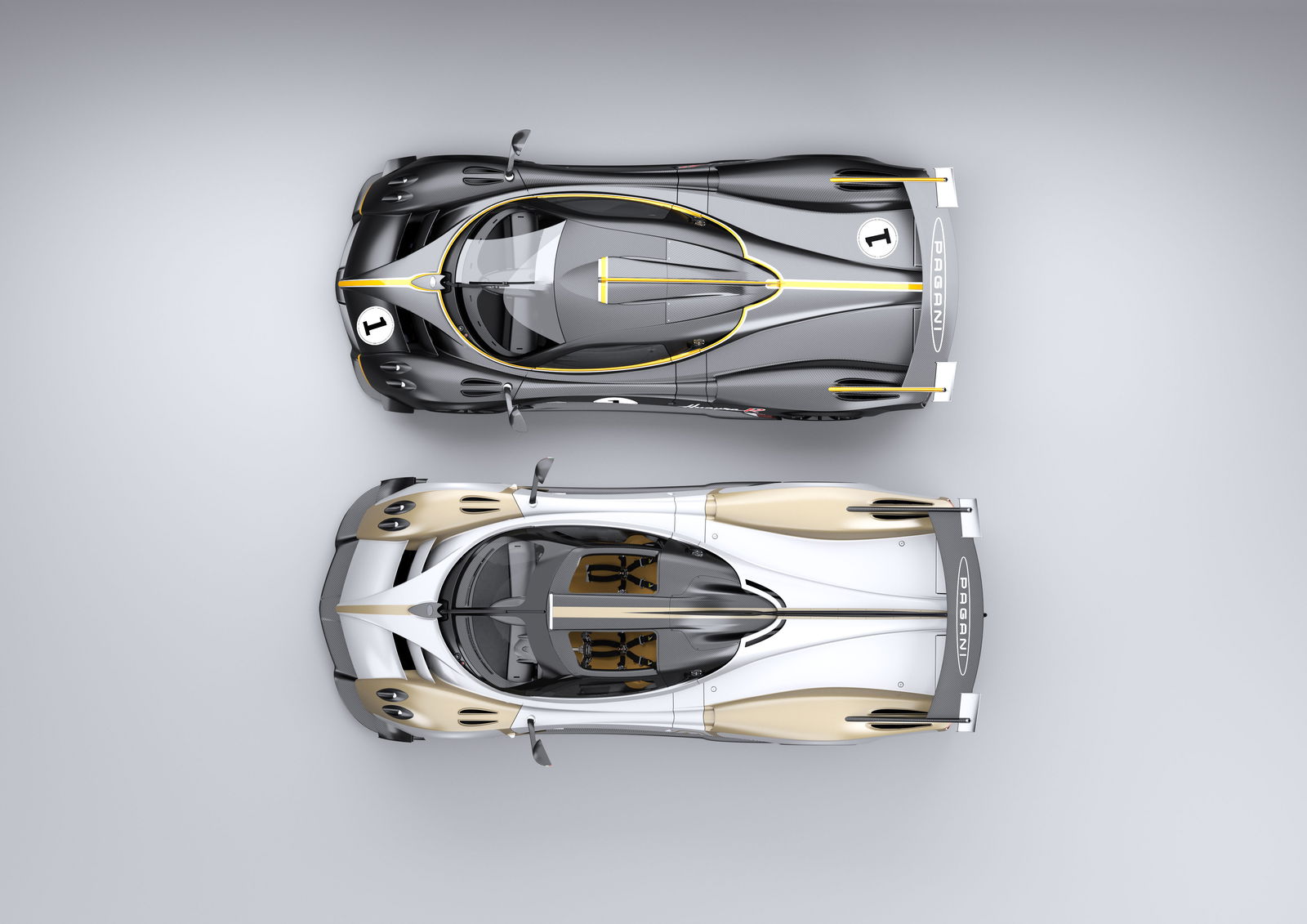
At the front, there’s a huge system of internal air ducts that direct airflow for the cooling of the brakes and the radiator. Those strakes in the front arches generate extra front downforce, and down the side, there’s a series of vents and channels that cool the front end and direct airflow over the rear. Overall, downforce is increased by 45 per cent, and aerodynamic efficiency by 21 per cent.
The entire body is carbon fibre, and the chassis, into which the seats are integrated, is Pagani’s favourite material, carbotanium - a blend of carbon fibre and titanium. Dry, the Huayra R Evo weighs just 1060kg, which should make the effects of that extra power even more profound.
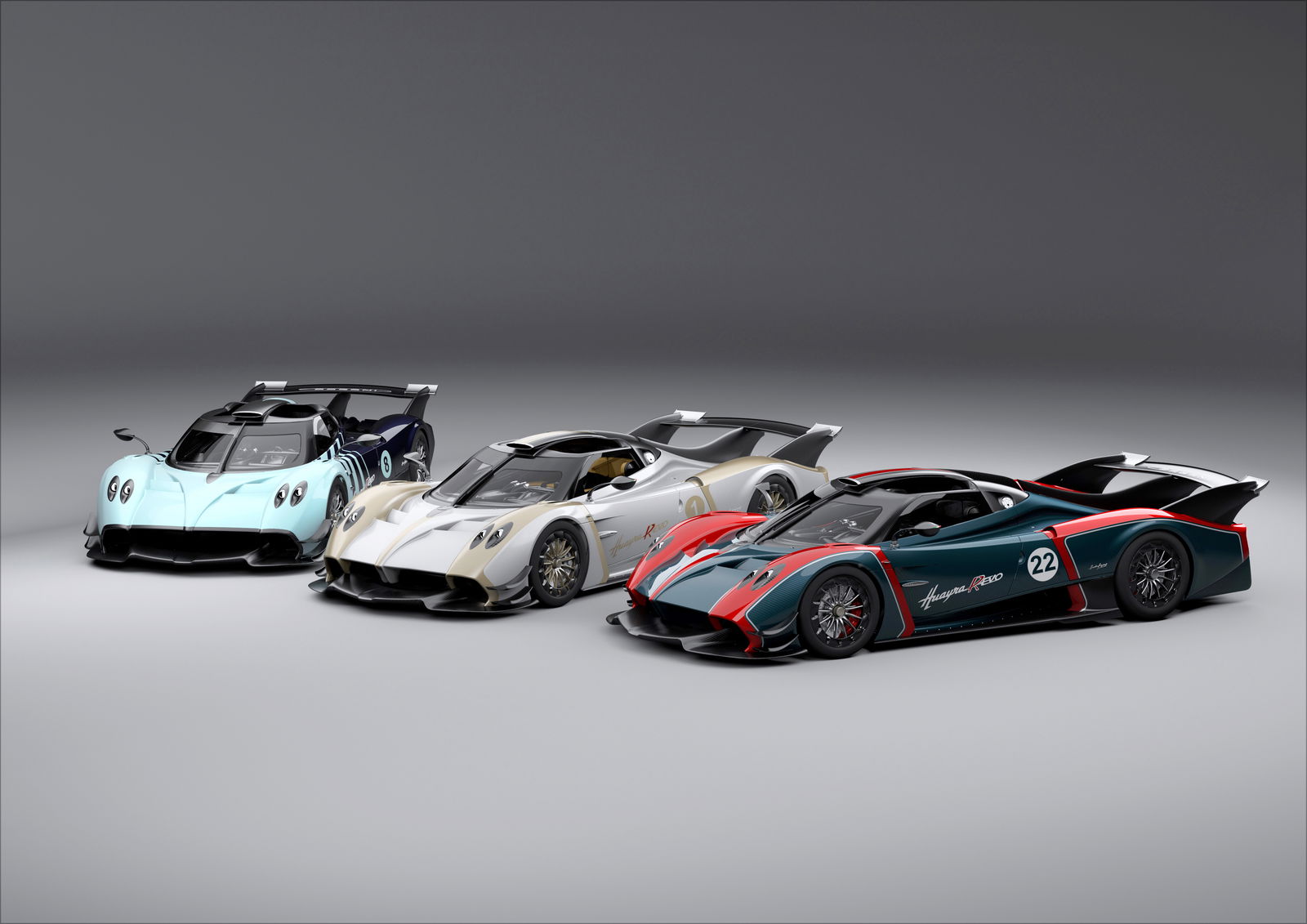
The Evo retains the R’s forged aluminium independent double-wishbone suspension setup but enhances it with something called a heave damper on each axle. This is an additional hydraulic component that manages ride height, leaving the regular dampers, which are electronically-controlled active units, to handle wheel movement. The brakes are bespoke Brembo carbon-ceramic items with six-piston calipers, which sit behind a set of forged aluminium wheels shod in Pirelli P Zeros.
Inside, there’s a rigorous approach to safety, which is a relief, given the numbers on tap here. The seats are, naturally, equipped with six-point harnesses, and covered with fireproof material, while the headrests have “dedicated lateral protection.” Whatever that is. Buyers can choose between right- and left-hand drive.
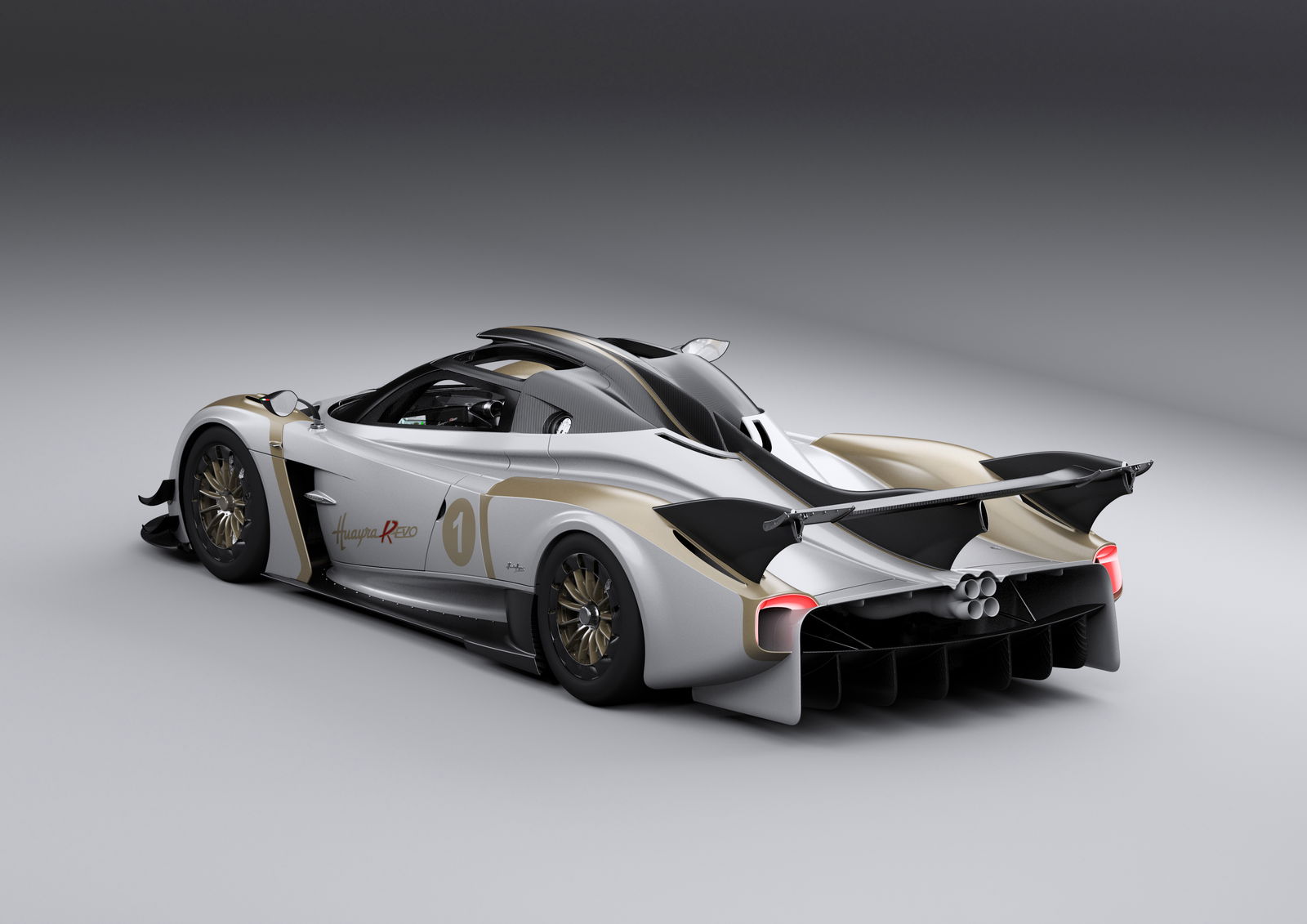
Pagani bills the Huayra R Evo as a sort of throwback to the endurance racers of the 1960s and ’70s with its open roof and long tail, but the kind of pace it should be capable of is very much modern. Pagani says it’ll manage lap times on par with an LMP2 racer, and have a top speed of 218mph.
Buyers will have the opportunity to properly stretch their Huayra R Evos’ legs during Pagani’s Arte in Pista events.
We expect some more details on this frankly magnificent tribute to the art of combustion to emerge soon, as well as a look at the real thing rather than these lovely renders. Watch this space.
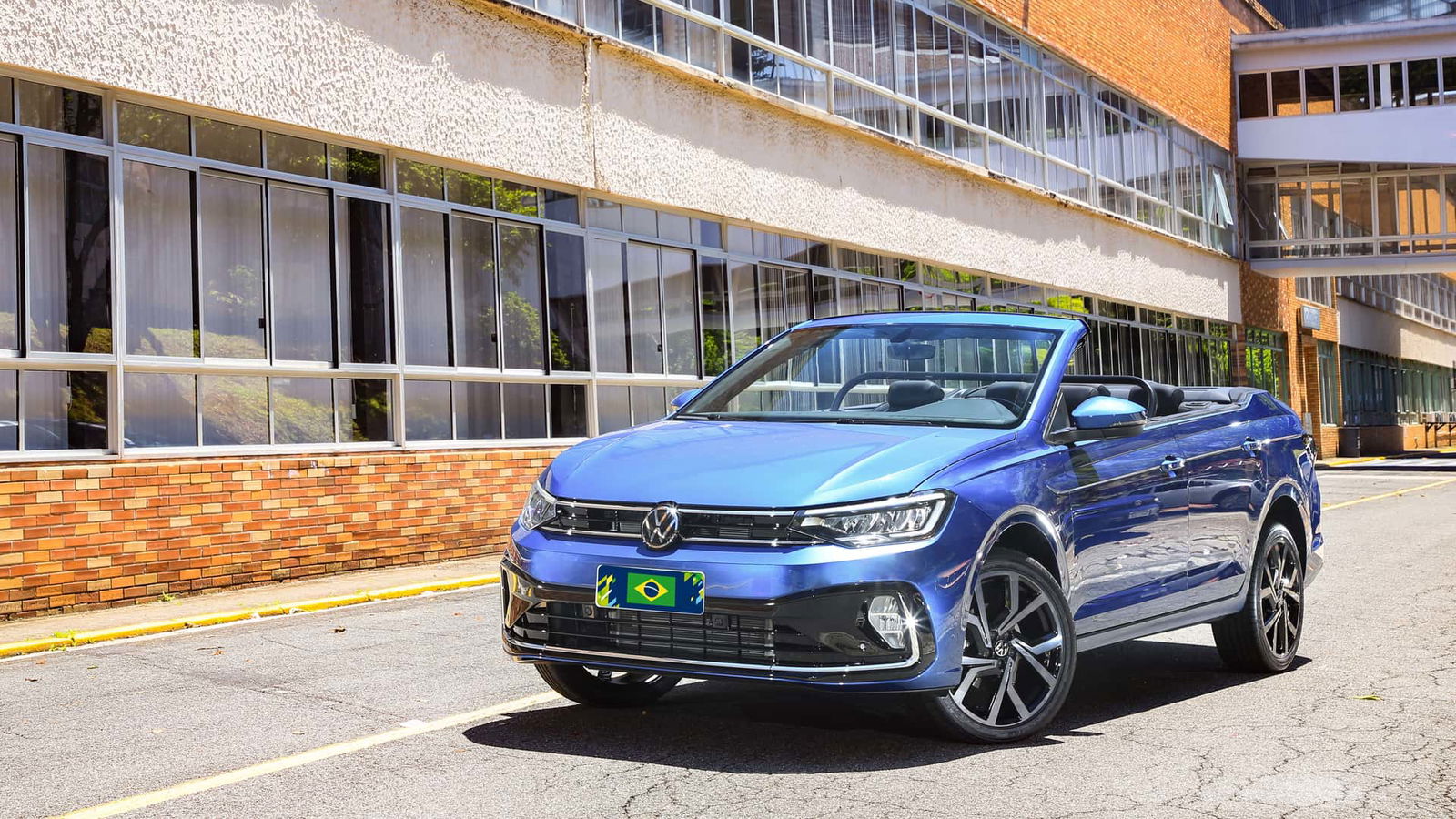
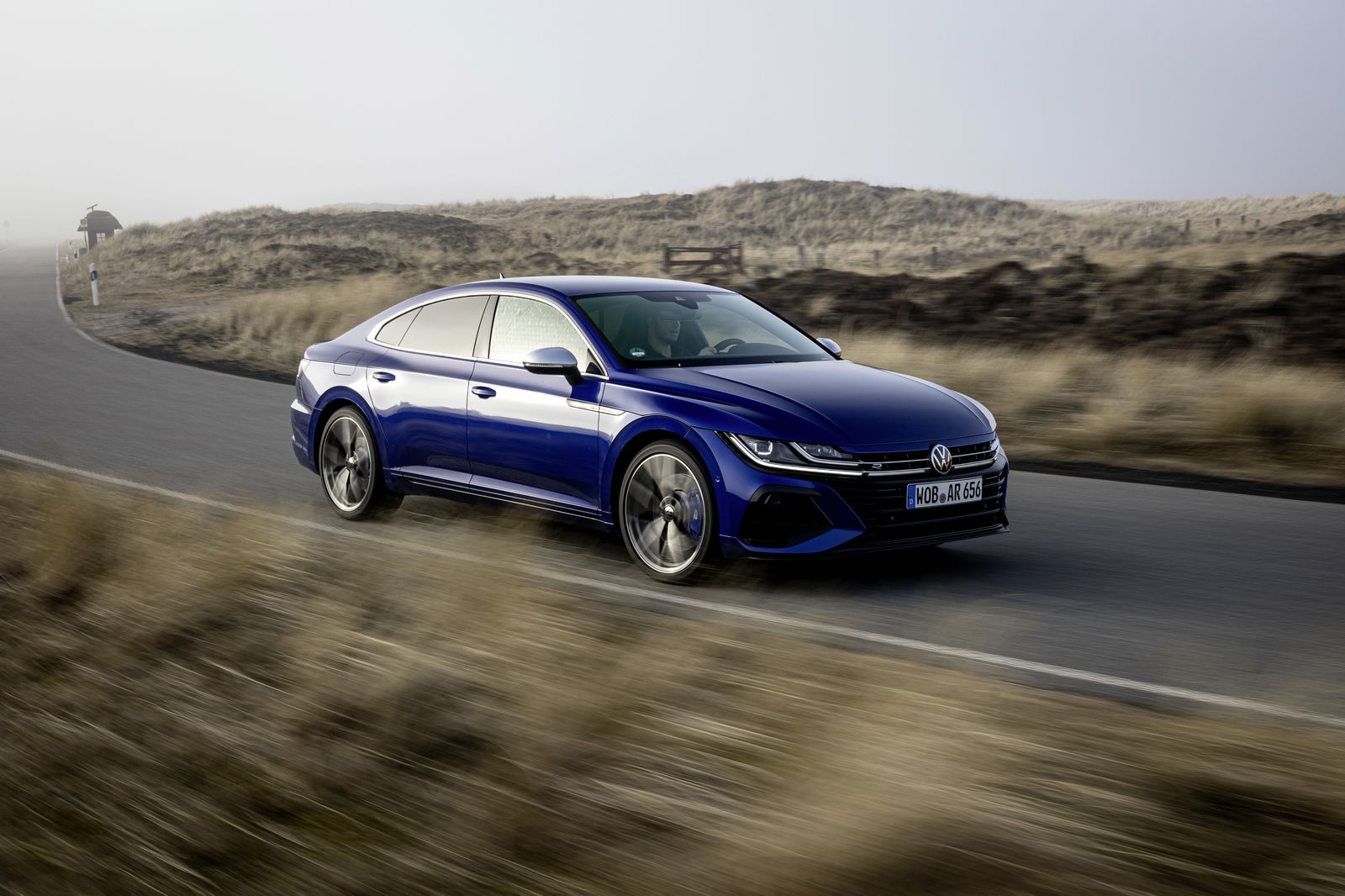

Comments